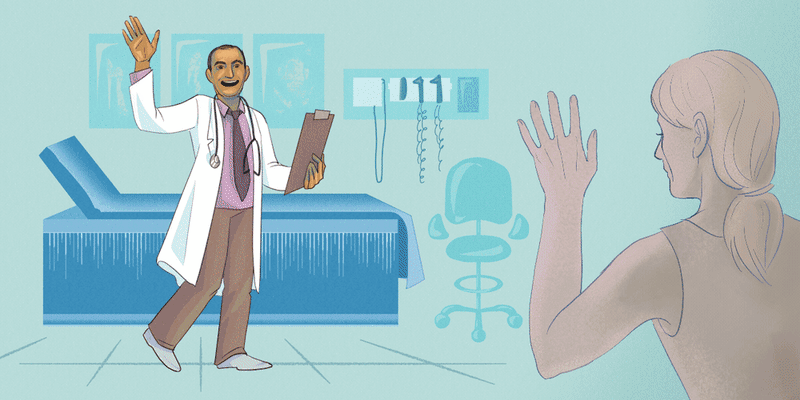
There are over 160,000 people working as medical school faculty in the United States, according to the 2016 Association of American Medical Colleges report. The vast majority work in clinical sciences, over 75% of whom are at the rank of associate professor or below. That means thousands of junior faculty consistently need to balance clinical responsibilities, administrative duties, and teaching. No small task.
And it doesn’t stop there. Faculty also need to develop a robust research infrastructure, including publishing in top journals and obtaining grant funding. For many, and particularly for tenure-track faculty, there may be a hard deadline to accomplish most of these goals. The pressure to produce results within a strict timeframe can be enormous.
Unfortunately, it’s unlikely newly minted faculty members learned the skills necessary to balance all of these demands. As is the case with many industries, most new members will likely learn how to juggle their responsibilities by watching senior members and other role models. Observation is one thing, but there’s more to good mentorship.
Approaches to Mentoring
While some schools provide mentoring and development programs for junior faculty, institutions are less consistent in their support, providing varying degrees and levels of mentoring. Interestingly, outside of individual institutions, there are no clear national guidelines on the best way to develop a vital faculty mentoring program in academic medicine. Yet, surveys suggest the demand for faculty mentorship is on the rise. Young faculty know that development is vital in supporting their academic careers and professional goals.
With that in mind, here are a few considerations for successful mentorship.
Establish a network. A healthy mentoring program should assist younger faculty by growing and sustaining a network of colleagues who can offer practical advice. The network would also help faculty to comprehend their values and approach to academic medicine.
Be flexible. Mentoring can come in many forms, depending on the individualized needs of each faculty member. This could include role modeling, facilitating professional success, or simply guiding professional development.
Be open. Faculty mentoring programs can be quite challenging to implement, especially in young departments where there may be a lack of senior and experienced faculty. It’s often also difficult for smaller subspecialties, where there are fewer faculty to begin with. But not all mentors need to be practicing in the same discipline as the mentee. Being open to forming relationships with those in other fields could go a long way.
Find the features. Some key features of a healthy mentor and mentee relationships are to:
- plan regular meetings and stay in touch
- seek feedback frequently
- make adjustments in small increments
- recognize that mentoring comes from many directions
- help mentors with their time and energy
Whether there are formal or informal mentoring programs across the country, developing mentoring programs in each institution is crucial. Not only does mentorship help faculty reach their goals, it also fosters collaborations, long term relationships, and career satisfaction.
Tony J. C. Wang, MD, is a radiation oncologist in New York, NY and a 2016–2017 Doximity Fellow.







